Join Us for the 2020 Organic Agriculture Research Forum
 October 15, 2019 – OFRF and Tuskegee University are pleased to announce the 2020 Organic Agriculture Research Forum (OARF) to be presented in partnership with the Southern Sustainable Agriculture Working Group (SSAWG). The Forum takes place on Thursday, January 23, 2020 in Little Rock, Arkansas, as part of the 2020 SSAWG Conference.
October 15, 2019 – OFRF and Tuskegee University are pleased to announce the 2020 Organic Agriculture Research Forum (OARF) to be presented in partnership with the Southern Sustainable Agriculture Working Group (SSAWG). The Forum takes place on Thursday, January 23, 2020 in Little Rock, Arkansas, as part of the 2020 SSAWG Conference.
Farmers, students, and researchers who would like to apply for a scholarship of up to $600 to attend the forum should fill out the scholarship application no later than November 22nd, 2019.
The day-long forum will bring together scientists, organic farmers and ranchers, extension agents, non-profit organizations, and more to explore the latest research and science-based grower education, particularly as it relates to production in the southeast. Topics will range from assessing the impact of organic agriculture on climate change, to soil health, and pest and disease management.
The forum will feature many opportunities to learn from fellow attendees and presenters, beginning with oral presentations focused on research that addresses production, economic, and social challenges in organic farming and ranching. After the presentations, there will be a series of facilitated roundtable discussions, followed by a poster session and reception held in conjunction with SSAWG. The poster session will include a “People’s Choice” award and an award for “Best Research Poster” juried by a small panel of judges. Voting will take place during the Thursday evening reception.
The conference and scholarships are supported by Ceres Trust and the Organic Agriculture Research and Extension Initiative (OREI) grant no. 2019-51300-30250 from the USDA National Institute of Food and Agriculture.
Organic Farming Research Foundation (OFRF) is a non-profit foundation that works to foster the improvement and widespread adoption of organic farming systems. OFRF cultivates organic research, education, and federal policies that bring more farmers and acreage into organic production.
Southern SAWG facilitates the development of a more sustainable food and agriculture systems across 13 states in the Southern U.S. Since 1992 they have provided high quality educational materials and training opportunities on sustainable and organic production, marketing strategies, farm management, and community food systems development. Each year the Southern SAWG Conference brings together over 1,000 farmers, researchers, educators, and others in the sustainable agriculture field to share practical tools and information and strengthen their working relationships. The 2020 Southern SAWG conference will take place in Little Rock, Arkansas on January 22-25, 2020.
Tuskegee University has initiated an organic farming program for over 10 years to educate Alabama residents on the health benefits of organic vegetables. The program has grown in recent years to include site specific organic farming research on various vegetable crop varieties and integrated pest management throughout the Southern United States to provide recommendations to organic growers. Dr. Kpomblekou-A has served as director of the program at Tuskegee University since 2016.
Contact:
communications@ofrf.org




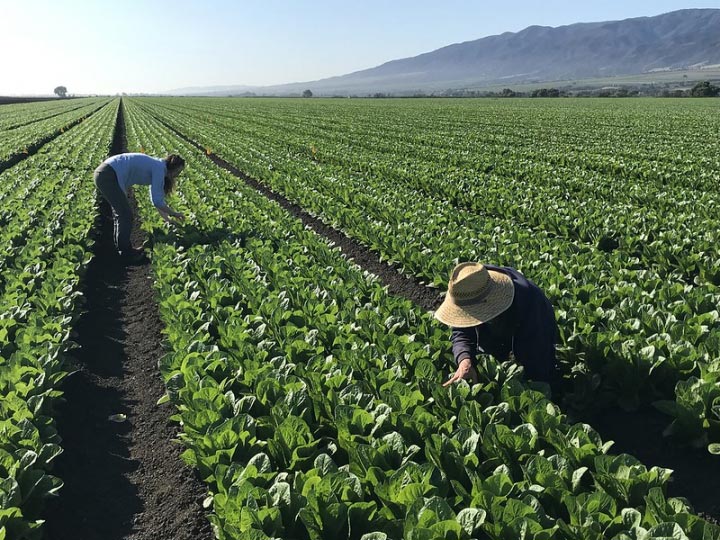 October 7, 2019 – The Organic Farming Research Foundation (OFRF) and Organic Seed Alliance (OSA) are pleased to be among the recipients of the U.S. Department of Agriculture’s (USDA) National Institute of Food and Agriculture (NIFA) awards announced last week. The grant was awarded through NIFA’s Organic Research and Extension Initiative (OREI).
October 7, 2019 – The Organic Farming Research Foundation (OFRF) and Organic Seed Alliance (OSA) are pleased to be among the recipients of the U.S. Department of Agriculture’s (USDA) National Institute of Food and Agriculture (NIFA) awards announced last week. The grant was awarded through NIFA’s Organic Research and Extension Initiative (OREI).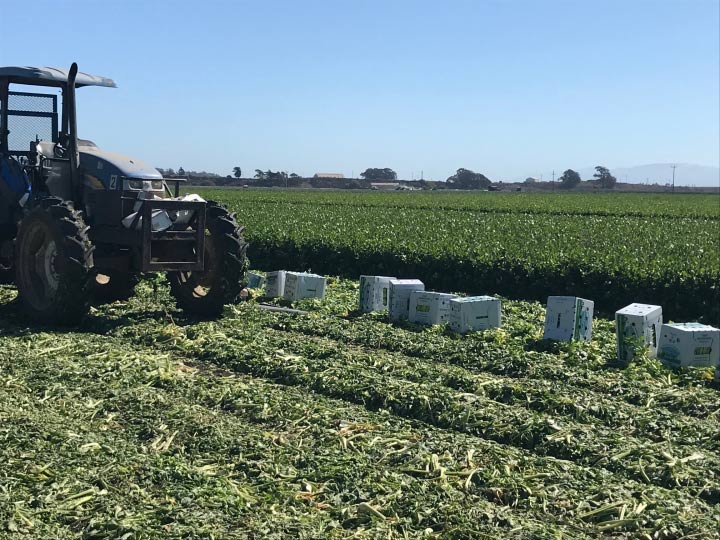
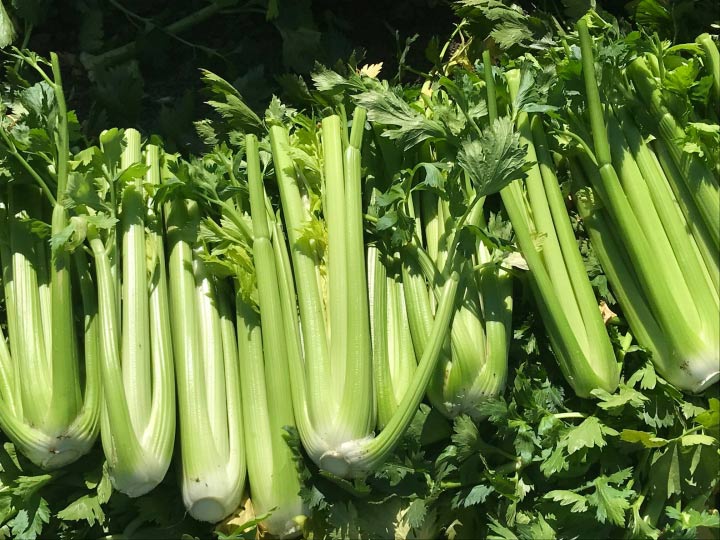
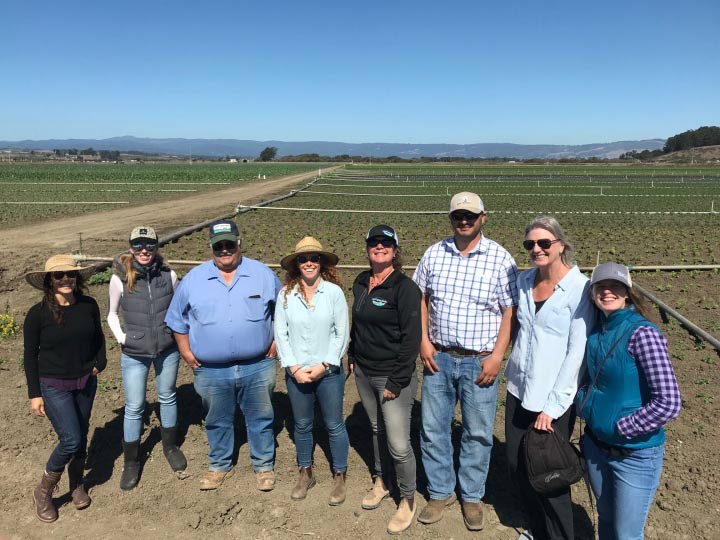

 On the second day, we were ready to get to work. The policies we discussed looked at how to solve a number of pressing issues that California faces—pesticide usage near schools, land preservation, beginner organic farmer support, organic research and training funding, and much more. Despite our diverse and sometimes conflicting perspectives, we came together as a group to find common ground and think through our differences.
On the second day, we were ready to get to work. The policies we discussed looked at how to solve a number of pressing issues that California faces—pesticide usage near schools, land preservation, beginner organic farmer support, organic research and training funding, and much more. Despite our diverse and sometimes conflicting perspectives, we came together as a group to find common ground and think through our differences. September 9, 2019 – On September 3rd, OFRF hosted a research field day at the UC Santa Cruz Farm & Garden. Researchers and others from UCSC joined OFRF to talk with Congressman Jimmy Panetta about the highly innovative organic research taking place there, throughout his district, and across the U.S.
September 9, 2019 – On September 3rd, OFRF hosted a research field day at the UC Santa Cruz Farm & Garden. Researchers and others from UCSC joined OFRF to talk with Congressman Jimmy Panetta about the highly innovative organic research taking place there, throughout his district, and across the U.S. Just twelve years ago the idea that you could grow strawberries without methyl bromide was very ingrained. Today, it’s a different story. The amount of strawberries grown organically in California has gone from 0% thirty years ago to 13% currently, and the good news is that percentage should continue to increase. “Fumigants are one of the biggest culprits in pesticide drift issues, from a human health perspective as well as an ecological perspective, reduced fumigant use is a good thing,” emphasizes Shennan. ASD is used on 2000 acres of strawberries in California and is being tested for its application in strawberry nurseries, apple, almond, vegetable, and flower production systems in the U.S.
Just twelve years ago the idea that you could grow strawberries without methyl bromide was very ingrained. Today, it’s a different story. The amount of strawberries grown organically in California has gone from 0% thirty years ago to 13% currently, and the good news is that percentage should continue to increase. “Fumigants are one of the biggest culprits in pesticide drift issues, from a human health perspective as well as an ecological perspective, reduced fumigant use is a good thing,” emphasizes Shennan. ASD is used on 2000 acres of strawberries in California and is being tested for its application in strawberry nurseries, apple, almond, vegetable, and flower production systems in the U.S.
 OGEE hit the beauty scene with a “bang,” receiving accolades from magazines ranging from Allure to Vogue. Although ecstatic with OGEE’s success, Stark believes the organic industry needs a bigger voice to accelerate change, especially in the world of cosmetics and beauty. “It is still impossible to source most of the organic ingredients that we need,” says Stark, “certified organic feedstocks are minimal or completely nonexistent. At the same time, the demand for organic crops has skyrocketed, while the percentage of organic farmland has remained flat.”
OGEE hit the beauty scene with a “bang,” receiving accolades from magazines ranging from Allure to Vogue. Although ecstatic with OGEE’s success, Stark believes the organic industry needs a bigger voice to accelerate change, especially in the world of cosmetics and beauty. “It is still impossible to source most of the organic ingredients that we need,” says Stark, “certified organic feedstocks are minimal or completely nonexistent. At the same time, the demand for organic crops has skyrocketed, while the percentage of organic farmland has remained flat.”
 August 27, 2019—It is now widely understood that living healthy soil provides the foundation for successful farming, and supports plant, animal, and human life. However, while the concept of “feeding the soil” has been around for a long time, for many it is still uncharted territory.
August 27, 2019—It is now widely understood that living healthy soil provides the foundation for successful farming, and supports plant, animal, and human life. However, while the concept of “feeding the soil” has been around for a long time, for many it is still uncharted territory. Despite widespread opposition from researchers and members of Congress, along with questions of the legality of the move from the USDA’s inspector general, moving the Economic Research Service out of Washington DC and into Kansas City is well underway. Compounding the controversy is the bold statement of Mick Mulvaney, who, in early August, celebrated the move as an effective way to “drain the swamp.”
Despite widespread opposition from researchers and members of Congress, along with questions of the legality of the move from the USDA’s inspector general, moving the Economic Research Service out of Washington DC and into Kansas City is well underway. Compounding the controversy is the bold statement of Mick Mulvaney, who, in early August, celebrated the move as an effective way to “drain the swamp.”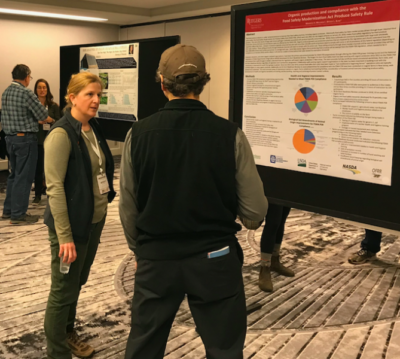 September 4, 2019 –The Organic Farming Research Foundation (OFRF) and Tuskegee University are pleased to announce the 2020 Organic Agriculture Research Forum (OARF) to be presented in partnership with the Southern Sustainable Agriculture Working Group (SSAWG) on Thursday, January 23, 2020 in Little Rock, Arkansas, as part of the 2020 SSAWG Conference.
September 4, 2019 –The Organic Farming Research Foundation (OFRF) and Tuskegee University are pleased to announce the 2020 Organic Agriculture Research Forum (OARF) to be presented in partnership with the Southern Sustainable Agriculture Working Group (SSAWG) on Thursday, January 23, 2020 in Little Rock, Arkansas, as part of the 2020 SSAWG Conference.